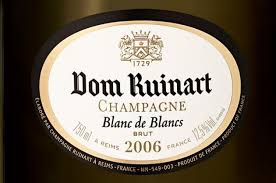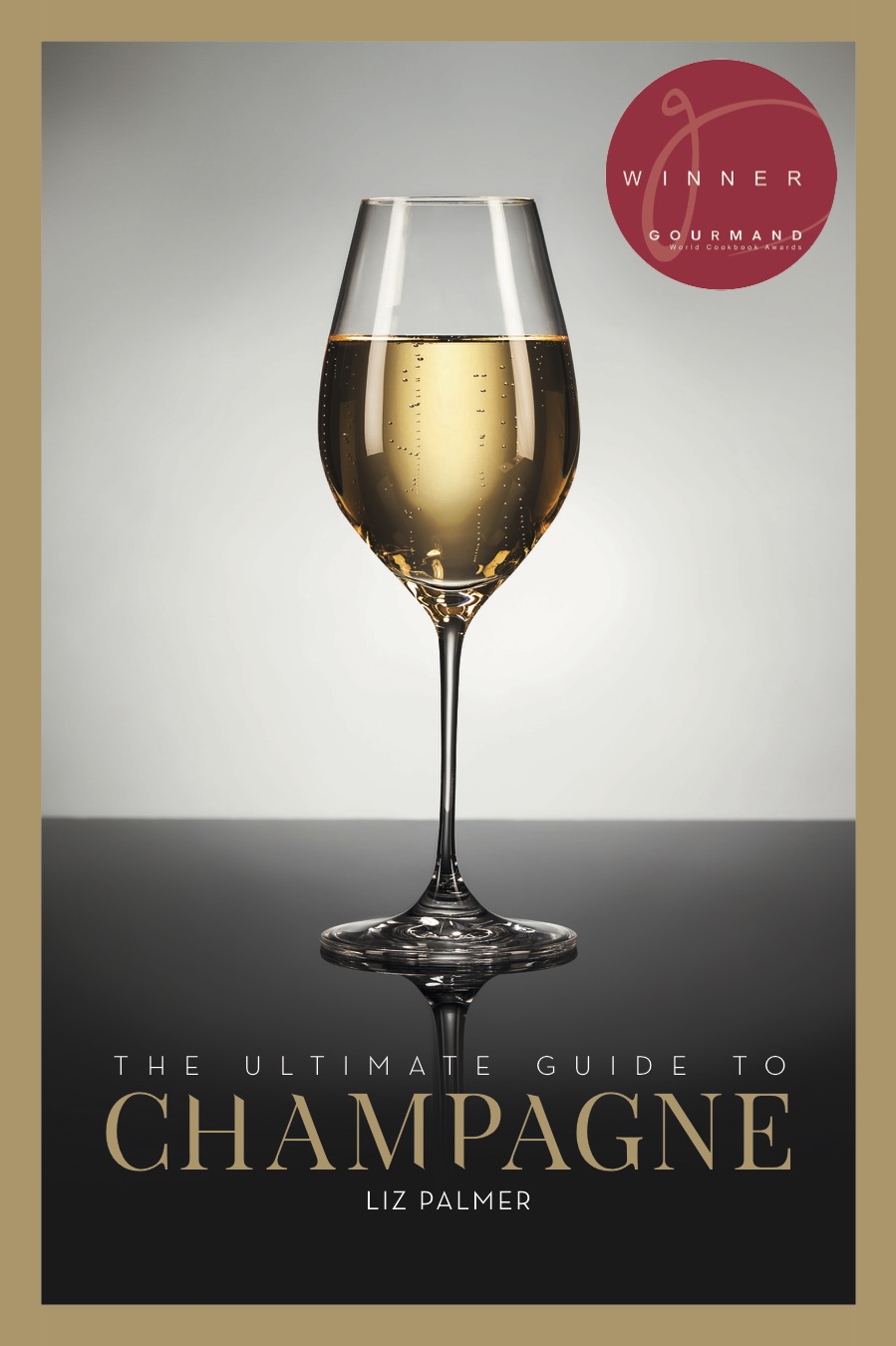Southbrook Triomphe Chardonnay 2015 [Niagara]
Wine Review
Aromas of orchard blossoms and fruit, with hints of dark earth and integrated oak. Shows elegance on the palate with creamy orchard fruits (apple and pear), seamless spice with a tangy lengthy finish.
Recommended Food Pairings:
Bloomy-rind cheeses, creamy seafood, roasted chicken and roast pork with apples.
Tip:
Serve slightly chilled.
90/100 Liz Palmer
March 10 2017

![Southbrook Triomphe Chardonnay 2015 [Niagara] – Wine Review](https://www.liz-palmer.com/wp-content/uploads/2017/03/Niagara_estate_vinesbuilding-1.jpg)



